Van Ooststroom (Blumea 3: 341–342. 1939) compared and contrasted the two varieties (later elevated to subspecies) of Merremia umbellata. Subspecies umbellata is distributed throughout the American tropics (Mexico, Central America, the West Indies, and South America as far south as Paraguay) and in western tropical Africa is a more robust plant, typically with more and larger flowers per inflorescence, corollas always yellow, capsules subglobose, with broader ovate valves, and seeds pubescent to shortly tomentose, the hairs only slightly longer on the margins. Asian plants have been considered a single, polymorphic and highly variable subspecies, Merremia umbellata subsp. orientalis (Hallier f.) Ooststr., Fl. Malesiana, ser. 1, 4(4): 449. 1953.
Merremia umbellata is one of a number of species in sect. Xanthips in Asia. While M. umbellata is clearly recognizable in North and South America, as well as tropical Africa, but the situation is not so clear on the continental mainland of Asia and in Malesia. We point out that M. umbellata subsp. orientalis encompasses a much greater variation in plant size, number of flowers per inflorescence, flower color, and density and distribution of indumentum. Further study of the tropical Asian species of sect. Xanthips is needed before a clearer concept of M. umbellata, its infraspecific taxa, and related species can be reached.
Van Ooststroom (Fl. Males. ser. I, 4: 449. 1953) recognized Asian and Malesian plants of M. umbellata as subsp. orientalis (Hallier f.) Ooststr., a taxonomic concept I have long agreed with. However, after seeing the considerable variability in continental Asian specimens, particularly those from Thailand and Indochina, I hesitate to include all this variability within subsp. orientalis. Until a more detailed study of the variability can be made, and appropriate infraspecific taxa recognized, I am simply calling all Thai and SE Asian specimens M. umbellata. This is an extraordinarily polymorphic species, in the past much confused with M. kingii and M. bambusetorum, though now that adequate material is at hand the differences between these three species are somewhat clearer. Merremia umbellata can be recognized by its whitish puberulent axial parts, especially the pedicels; the crowded, umbelliform inflorescences (the secondary and tertiary branches short or none); the unequal sepals, with the outer two shorter, obovate, tapering to narrow bases between which the inner sepals are visible. Generally, the flowers of M. umbellata are smaller and there are more of them per inflorescence than in M. bambusetorum and M. kingii, though precise delimitation for these 3 species remains elusive.

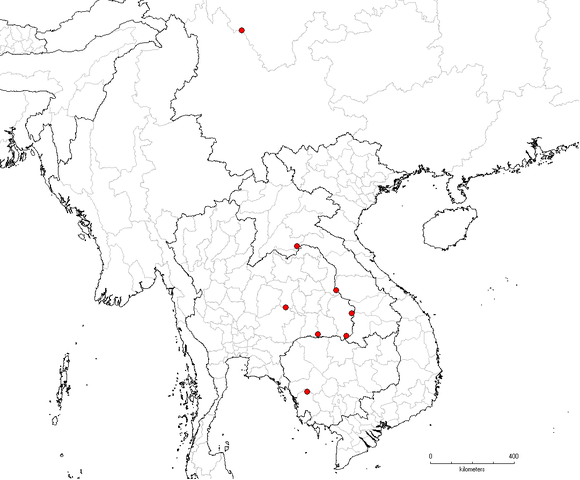


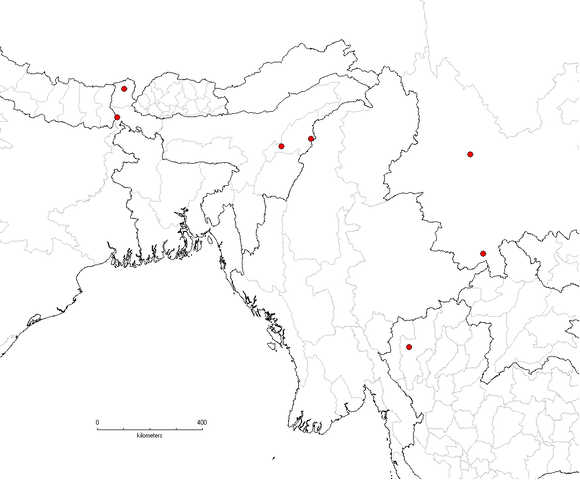

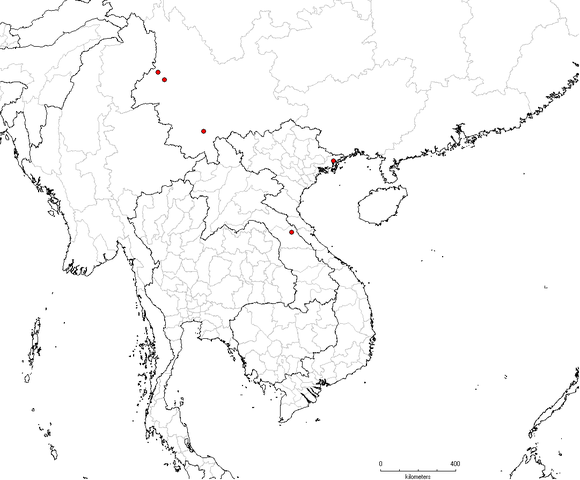

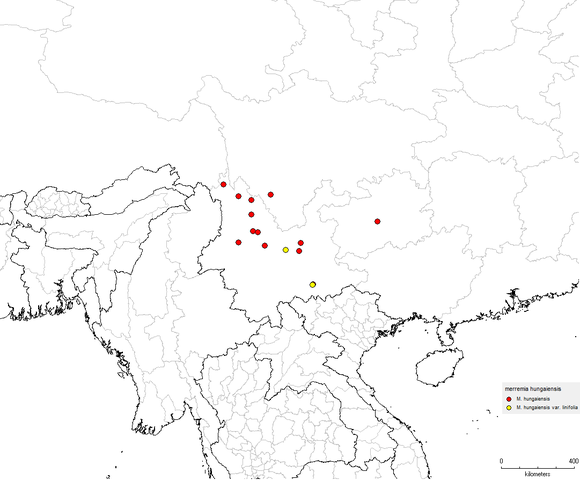


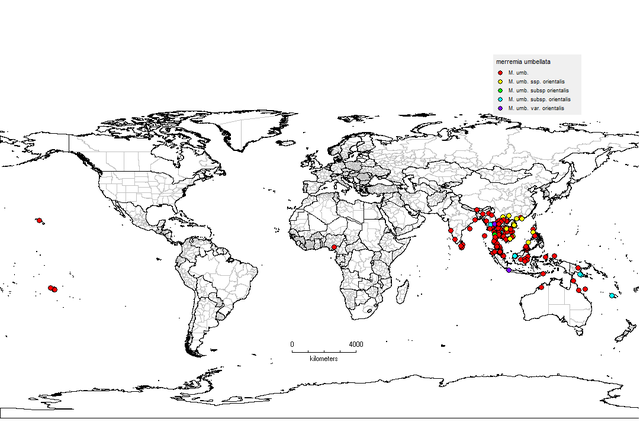
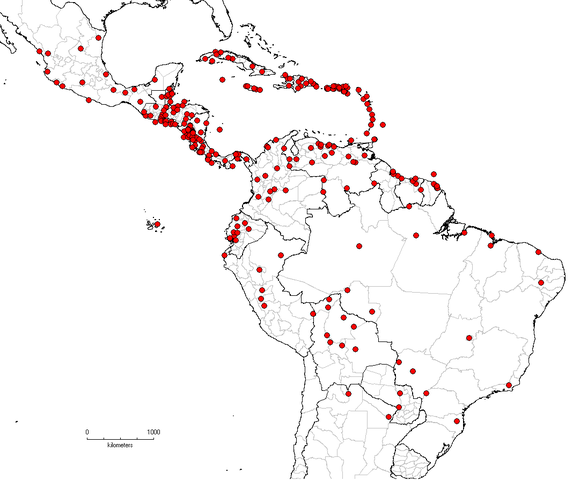

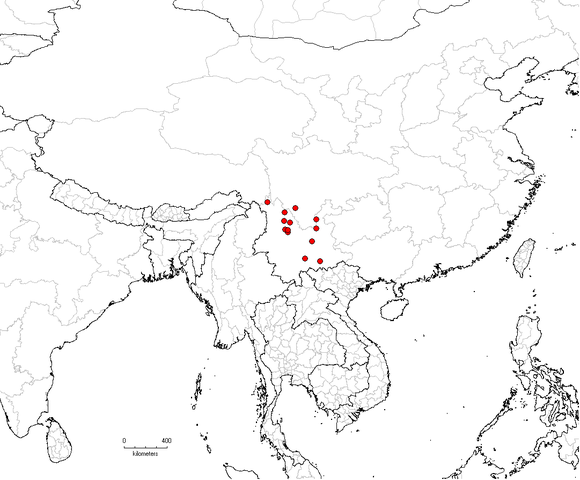

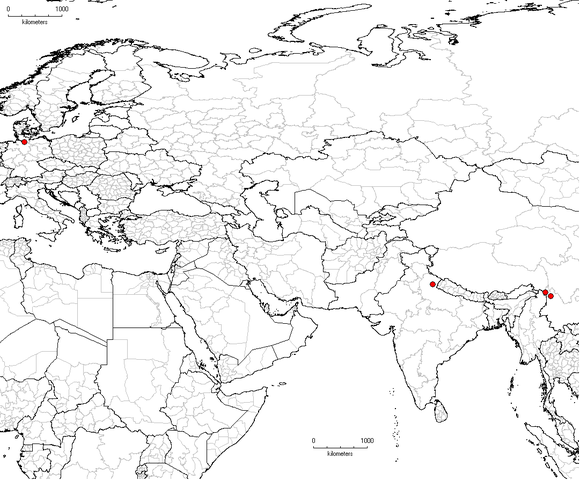

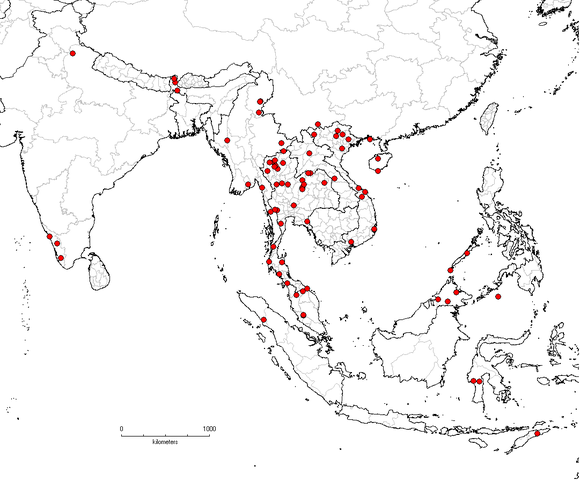



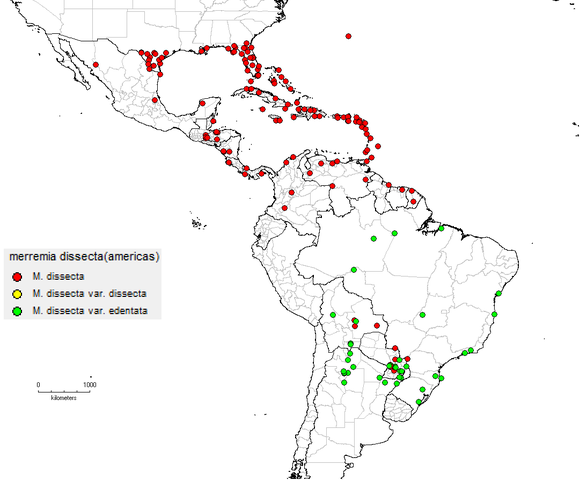


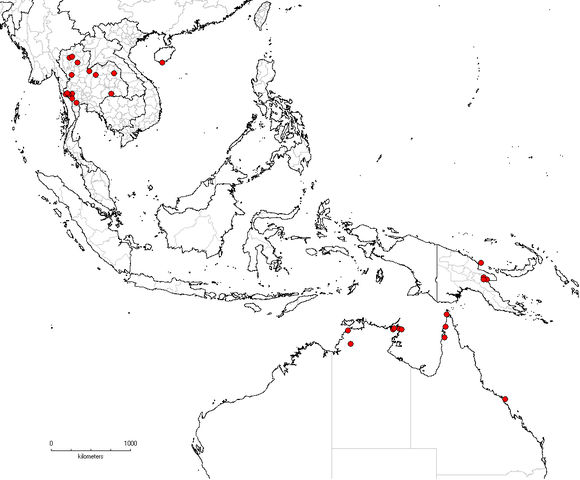
On first sight, the deeply trilobate leaves of Merremia caloxantha suggest M. gemella and M. hederacea of sect. Merremia, but the anthers that remain straight at dehiscence, the much larger corollas, and the corolla pubescence confined to the apex of the weakly delineated midpetaline bands indicate that this species may belong to sect. Xanthips. Known from the type collection, made by George Forrest in 1905 in the valley of the Mekong at “the crossing of the Teng-yueh and Dalifu road”, and a few specimens from Laos that appear to be conspecific with it. Further collections are needed to elucidate its relationships.